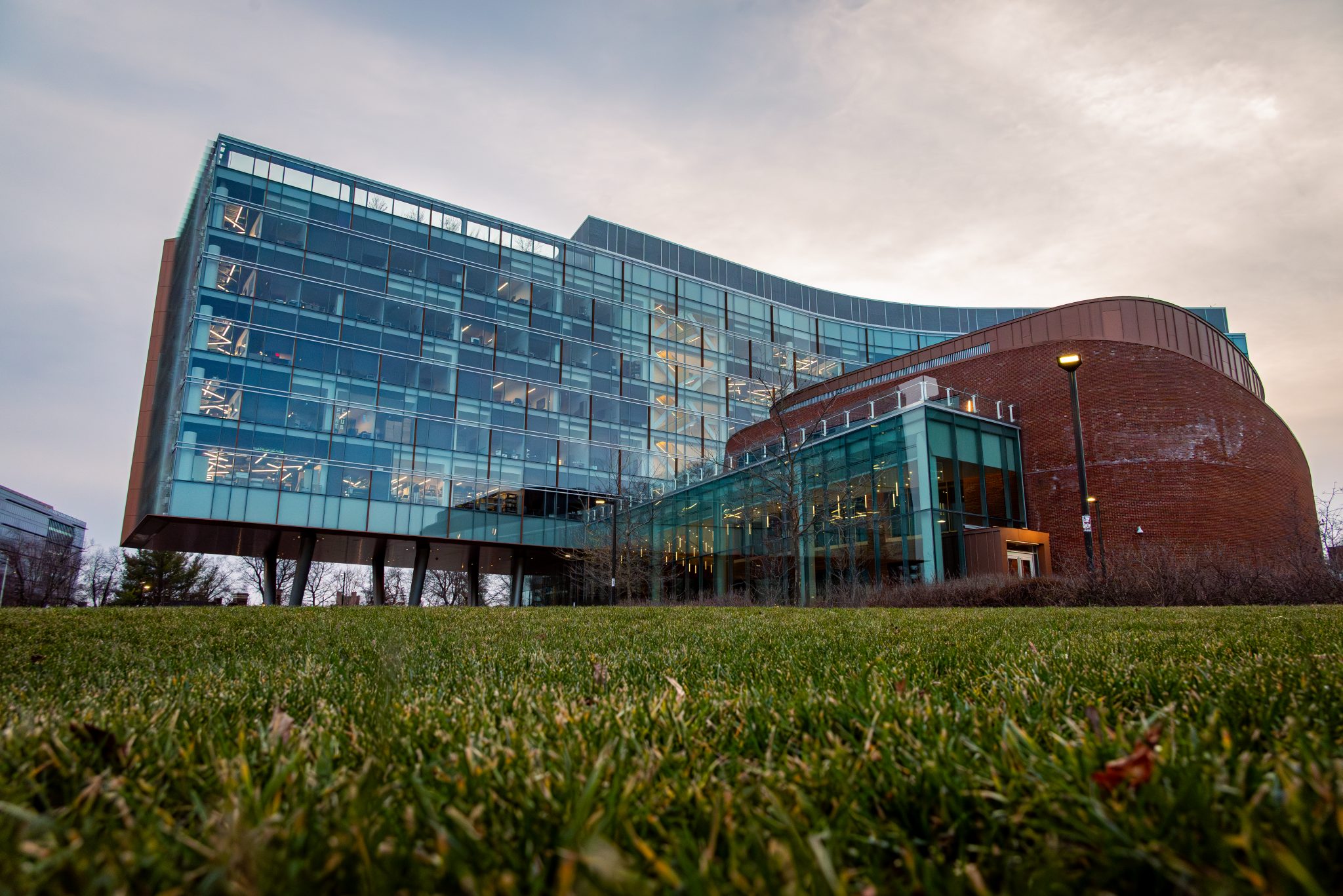When Elias Gonzalez was a student at the University of Maryland, he looked up to his computer science professor Nelson Padua-Perez both as a Latino professor and as a Spanish speaker.
Gonzalez, now a computer science lecturer at this university, said his former professor remembered him because they spoke the same language. To him, that experience illustrated the importance of having diverse faculty, Gonzalez added.
“Diversity means having all that diverse background and having all those lived experiences that are different,” Gonzalez said. “Anytime we can insert that into our sequence, I think you’ll be able to get attached and serve more students and have them stay in our pipeline.”
In 2021, this university joined Aspire Alliance, a national initiative that helps universities recruit and retain faculty from underrepresented backgrounds in science, technology, engineering and math — like Gonzalez. The program did not set specific diversity quotas, but it brought new initiatives to this university that aim to foster diversity and increase representation.
This university was among 19 schools selected to be part of a cohort for the three-year program. The Association of Public and Land-Grant Universities and the Center for the Integration of Research, Teaching and Learning lead the alliance.
The ADVANCE Program for Inclusive Excellence, a university initiative that aims to advance faculty diversity, worked with the program, according to program director Dawn Culpepper.
A primary outcome of the Aspire Alliance was an equity coaching program. For the last two years, faculty and staff have received training on inclusive hiring practices and learned how to facilitate workshops offered by this university, Culpepper said.
[Maryland legislators aim to ban legacy admissions post-affirmative action]
ADVANCE also published a series of research briefs about hiring practices that could generate a more diverse applicant pool.
Gender, racial and ethnic diversity in departments at this university has fluctuated over the past three years. While those fluctuations are not always tied directly to Aspire Alliance, the program could be influencing some aspects of diversity at this university, Culpepper said.
“There are a multitude of activities that are influencing the increases that we’ve seen in the representation of faculty of color and women,” Culpepper said. “Us participating in Aspire is one of those activities.”
In the computer, math and natural sciences college, the number of Black faculty members has increased by four counts, Hispanic faculty members by six counts and Asian faculty members by two counts since 2020.
“It’s important to have faculty from different backgrounds across all disciplines,” education college dean Kimberly Griffin said. “We’ve had a particularly hard time doing that in science and that limits our ability to solve these big scientific problems or understand unique perspectives.”
Continued inequalities within K-12 education and underrepresented faculty feeling unwelcome in certain fields make it difficult to further increase diversity in STEM departments, according to Griffin.
Bioengineering assistant professor Katharina Maisel, who co-authored a research paper on increasing diversity in STEM fields, said a lack of faculty diversity is a “really big, really long-standing problem” that takes time to remedy.
Since each department only hires a few people each year, it could be difficult to see significant change in a short timeframe, Maisel said.
“If you’re already a department of 50 people and it’s not currently very diverse, adding one person one out of 50, that’s like .2 percent,” Maisel said. “So you’re not implementing a lot of visible change, even if you’re actively doing the work.”
Padua-Perez — the computer science principal lecturer who was a mentor to Gonzalez — said that although there is some diversity in his department, there is always room for improvement.
He added that he often tries to emphasize that he is Puerto Rican so that his students know that people of all backgrounds can become successful.
[1856 Project presents findings exploring university ties to slavery]
“The psychology of this is that if someone is Latino, they identify with you and say, ‘Okay, if he could make it, then I could make it,’” he said. “That’s what is important.”
Aspire Alliance also aimed to increase gender diversity in STEM fields, since there have been persistent issues with women being represented in science, according to Griffin.
In some STEM-heavy colleges, women are more represented among faculty members. About 54 percent of faculty in this university’s information studies college in 2023 were women.
But the number of women who are faculty members in the computer, math and natural sciences college has decreased by nearly 11 percent in the last three years.
Ming Lin, a computer science professor and former department chair at this university, said she came to this university in hopes of changing the atmosphere and increasing representation for women in computer science.
Although there are initiatives at this university to increase the presence of underrepresented groups in computer science, Lin said there still needs to be more of an effort to hire and retain women and others in minority groups..
“Diversity is not just the right thing to do, it’s the good thing to do for our society to ensure that we have diverse opinions,” Lin said. “We need to have that and that’s not just a slogan. We need to live with it.”
CORRECTION: A previous version of a graphic in this story misrepresented the total number of faculty in the computer, math and natural sciences college and the information studies college. This graphic has been updated.



